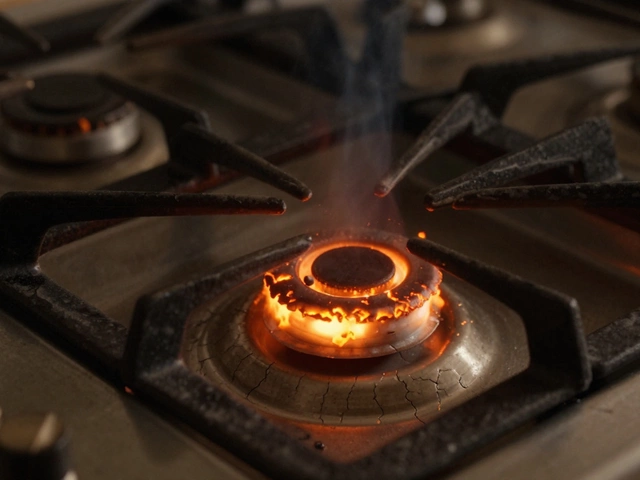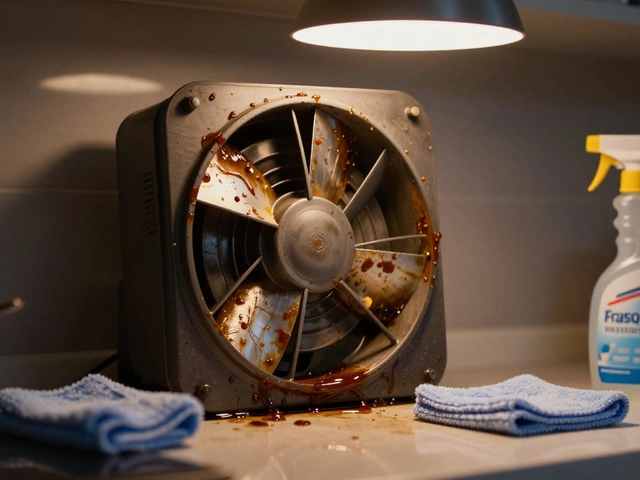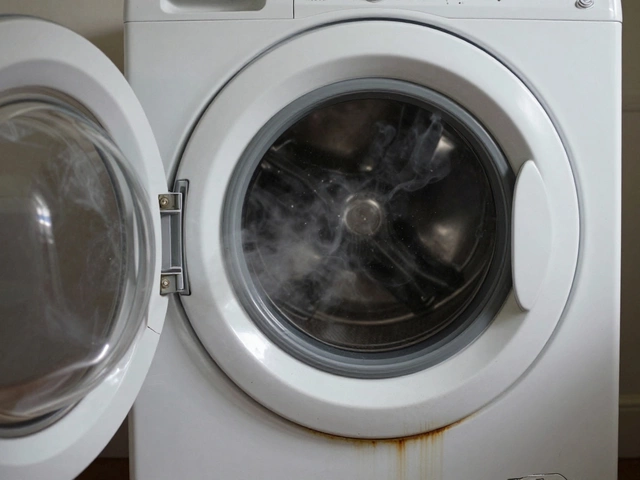Bathroom Fan Troubleshooting – Quick Fixes for Noisy or Dead Fans
Ever step into the bathroom and hear a whirring that sounds more like a dying motor than a fresh breeze? Or maybe the fan just sits silent, letting moisture build up. Either way, a faulty fan can turn a simple shower into a soggy mess. The good news? Most problems are easy to spot and fix without calling a technician.
Common Bathroom Fan Problems
Before you grab tools, figure out what’s actually wrong. Here are the top culprits:
- Fan won’t start: Usually a tripped circuit breaker, a blown fuse, or a loose wire.
- Rattling or squeaking noise: Loose fan blades, a worn motor bearing, or debris caught in the housing.
- Weak airflow: Dust‑clogged blades, a blocked vent, or an over‑tightened motor.
- Intermittent operation: Overheating motor, failing capacitor, or a bad switch.
Knowing the symptom narrows down the fix, saving you time and frustration.
Step‑by‑Step DIY Fixes
1. Safety first. Turn off the breaker for the bathroom circuit. Double‑check the fan is dead with a voltage tester before touching anything.
2. Check the power. Look at the switch and wiring. A loose connection can be tightened with a screwdriver. If the switch feels hot or smells burnt, replace it.
3. Clean the fan. Remove the cover (usually a few screws) and vacuum out dust with a soft brush. Wipe the blades with a damp cloth. A clean fan spins easier and cuts down noise.
4. Tighten loose parts. Tighten any loose screws on the motor housing and blade brackets. A screwy blade often causes rattling.
5. Test the motor. If the fan still won’t start, the motor capacitor might be dead. Capacitors are cheap (under £5) and swapping them is straightforward: note the position, disconnect the old one, and connect the new one exactly the same way.
6. Inspect the vent. Go outside and make sure the vent isn’t blocked by nests, leaves, or snow. A clear path ensures proper airflow.
7. Reassemble and test. Put the cover back on, restore power, and flip the switch. The fan should spin smoothly and be quieter.
If after all these steps the fan still hums but doesn’t move air, the motor itself is likely shot. That’s when you call a professional – they can replace the motor or the whole unit for you.
Regular maintenance makes a huge difference. Give your fan a quick clean every 6‑12 months, and check the vent annually. That way you avoid the most common problems and keep the bathroom dry.
Got a fan that still misbehaves? Share the symptom in the comments, and we’ll help you troubleshoot further. A working bathroom fan isn’t a luxury – it’s essential for a healthy home.
Extractor Fan Stopped Working? Quick Fixes and Causes Explained
- Alden Wilder
- Jun 18 2025
- 0 Comments
Extractor fans have a habit of giving up at the worst moments, but most issues have straightforward solutions. This article digs into the most common reasons an extractor fan stops working and demystifies which fixes you can tackle yourself. It offers practical advice, simple troubleshooting steps, and tips on knowing when it's time to call a pro. Expect helpful facts that make fan repair less of a headache. We’ll even cover some sneaky issues most folks miss.
View More


